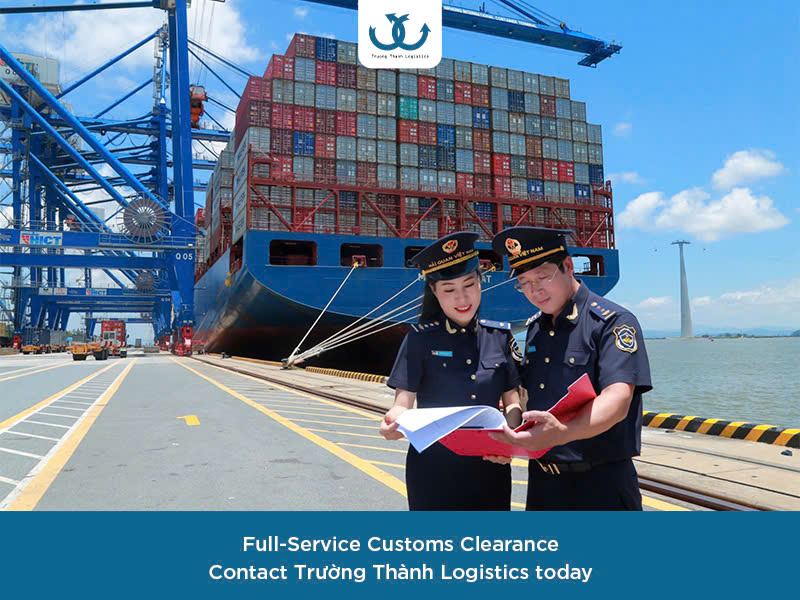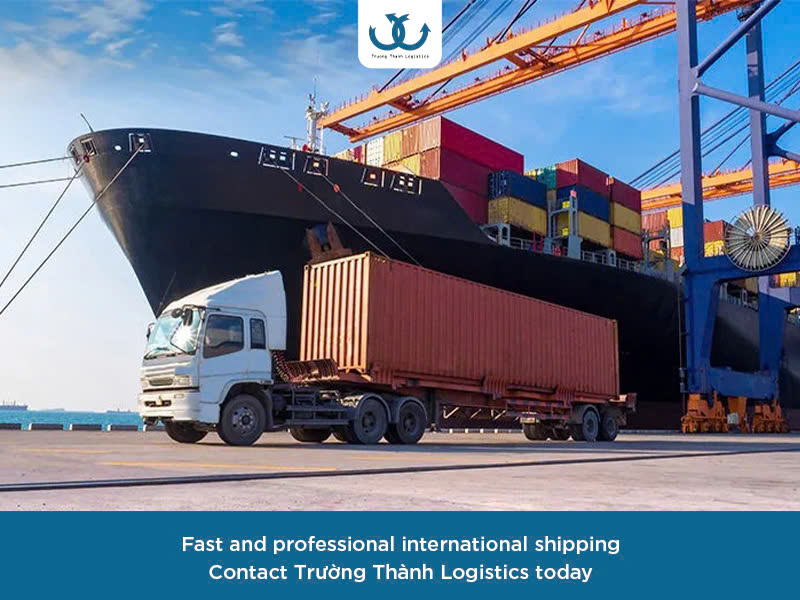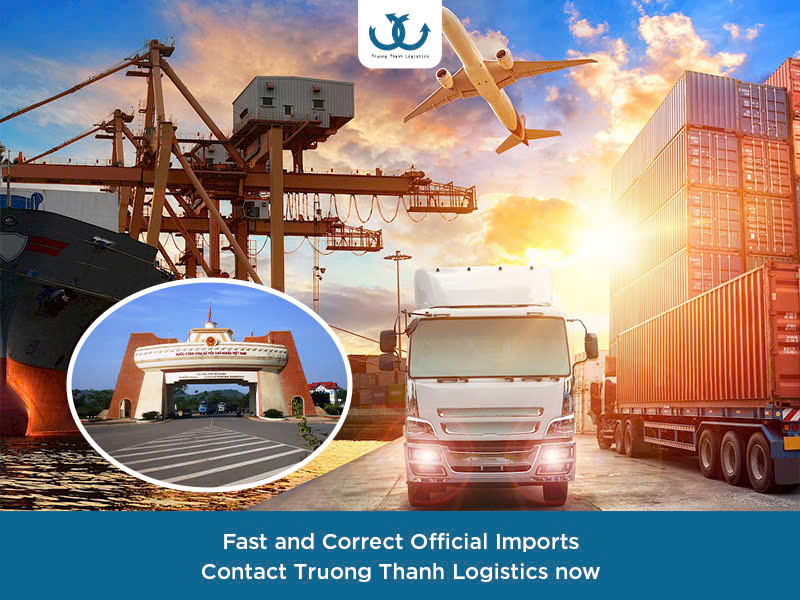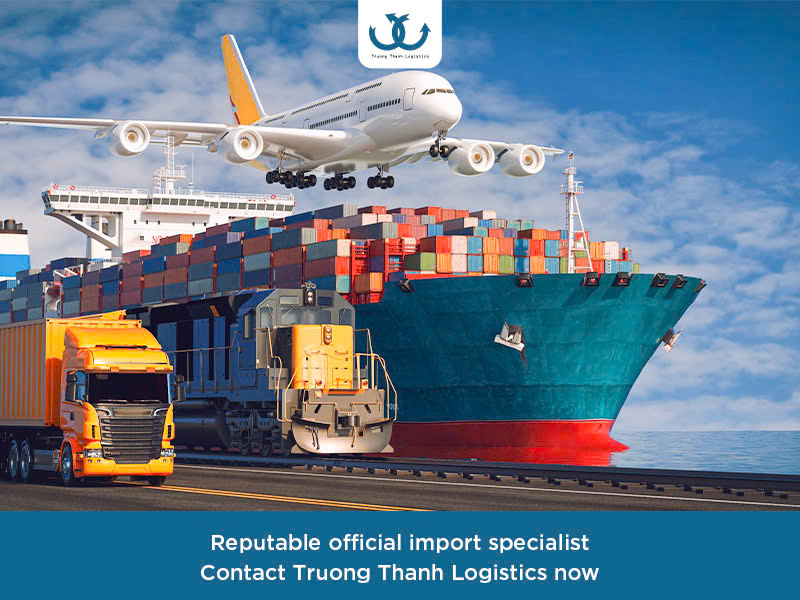CE certification is an important factor in import and export activities, ensuring that products comply with EU safety and quality standards. Although the certification process can be difficult, with careful preparation and support from experts, businesses can effectively achieve and expand their markets.
What is CE certification?
CE certification, which stands for “Conformité Européenne,” is a certificate that certifies that a product complies with the safety, health and environmental protection standards of the European Union (EU). When a product is affixed with the CE mark, it means that the product has been assessed and meets the necessary requirements to be sold in the European Economic Area (EEA), which includes EU member states and the European Free Trade Association (EFTA).
CE marking applies to a wide range of products, from electronic devices, children’s toys, machinery, medical devices, building materials, to personal protective equipment. Each type of product must comply with specific EU directives, for example:
+ Electronic devices: EMC Directive (Electromagnetic Compatibility Directive) and RoHS Directive (Restriction of Hazardous Substances Directive).
+ Children’s toys: Toy Safety Directive.
+ Medical devices: Medical Devices Directive.
CE certification is not a quality standard but a “proof” that the product meets the safety, health and environmental requirements under EU law. These standards include:
+ Safety: Ensuring that the product does not pose a danger to the user.
+ Health: Ensuring that the product does not cause harm to the user’s health.
+ Environmental protection: Ensuring that the product does not cause harm to the environment during use or after disposal.
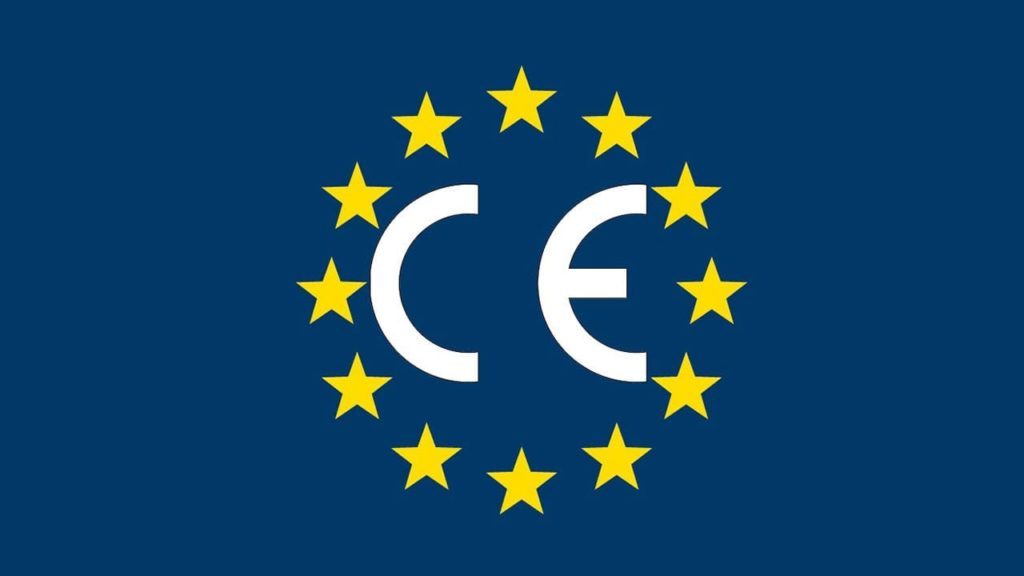
CE certification process
CE certification is a mandatory requirement for many types of products that want to circulate on the European market. To achieve this certification, businesses need to carry out a rather complicated and meticulous process.
1. Identify applicable directives and standards
The first step in the CE certification process is to identify the EU directives and standards that apply to your product. These directives define the specific requirements that the product must meet. For example:
+ Electronic equipment: Directive EMC (Electromagnetic Compatibility Directive), RoHS Directive (Restriction of Hazardous Substances Directive).
+ Toys: Toy Safety Directive.
+ Medical devices: Medical Devices Directive.
2. Compliance assessment
After identifying the relevant directives and standards, the manufacturer needs to assess the product’s compliance with these requirements. The assessment process may include checking the product design, materials, manufacturing processes and other technical requirements.
3. Carry out the necessary tests
If the product needs to be tested, the manufacturer must carry out tests at accredited laboratories to ensure that the product meets all safety and quality standards. These tests may include:
+ Electromagnetic testing (EMC): Testing the product’s electromagnetic compatibility.
+ Chemical testing: Ensures that the product does not contain toxic substances exceeding the permitted level.
+ Mechanical testing: Tests the durability and safety of the product under different conditions of use.
4. Technical documentation
An important part of the CE certification process is the technical documentation. This includes all the documents proving that the product meets the EU requirements. The technical documentation usually includes:
+ Product description: Includes technical drawings, diagrams and descriptions of the product’s functionality.
+ List of applicable directives and standards: Lists all directives and standards to which the product must comply.
+ Test report: Includes the results of the tests and inspections performed.
+ Risk assessment: Analyses the risks associated with the product and measures to reduce the risks.
+ Instructions for use and storage: Detailed instructions on how to use and store the product.
5. EU Declaration of Conformity
The manufacturer must prepare and sign an EU Declaration of Conformity. This document confirms that the product complies with all EU legal requirements and must include:
+ Name and address of the manufacturer: Contact information for the manufacturer or their representative in the EU.
+ Product description: Detailed description of the product including model, type and serial number.
+ List of directives and standards: List of all applicable directives and standards.
+ Signature of authorized person: Signature of authorized person within the company, confirming that the product complies with EU requirements.
6. CE marking
After completing all the above steps, the manufacturer can affix the CE marking to its product. The CE marking must be affixed to the product or its packaging, and must be visible, legible and indelible. The CE marking is only affixed when the product fully complies with all applicable requirements.
7. Maintaining and monitoring compliance
Once a product has been CE marked and placed on the market, the manufacturer must maintain and monitor the product’s compliance. This includes keeping technical records and making them available to the authorities upon request, as well as monitoring the product to ensure that it continues to meet legal requirements throughout its life cycle.
Notes when applying for CE certification
Applying for CE certification is a process that requires careful preparation and strict compliance with European Union regulations. For this process to go smoothly, businesses need to pay special attention to the following points:
1. Choosing a reputable certification body
Choosing a reputable certification body is a decisive factor in the validity and value of the CE certificate. A reputable certification body will ensure that the assessment process is carried out objectively, professionally and in full compliance with EU standards. When choosing, businesses should prioritize organizations that have been recognized by competent authorities in the EU, have experience in the field of similar product assessment and have received many positive reviews from other businesses.
2. Continuously update regulations
Regulations on CE certification are always updated to suit the development of technology and market needs. Therefore, businesses need to regularly monitor the latest information from official sources such as the website of the European Commission, standardization organizations and specialized forums. Failure to update regulations in a timely manner may result in the application being rejected or the certificate being revoked.
3. Prepare documents carefully
The technical dossier is one of the most important documents in the process of applying for CE certification. The dossier must be complete, detailed, accurate and include all the information necessary to assess the conformity of the product. The information in the dossier must be presented clearly, scientifically and easily understood. In addition, if the dossier is written in a language other than English, French or German, the enterprise must have a legal translation.
4. Carry out the necessary tests
Testing is an indispensable part of the product conformity assessment process. It is very important to choose a reputable laboratory to conduct the tests. The laboratory must be recognized by the competent authorities and be able to conduct tests in accordance with international standards. The test results will be the basis for assessing whether the product meets the technical requirements or not.
5. Financial and time planning
Applying for CE certification requires enterprises to invest a considerable amount of money, including assessment fees, testing fees, translation fees and other costs. In addition, this process also takes a lot of time. Therefore, enterprises need to plan their finances and time reasonably to avoid unwanted risks.
6. Seek expert support
If the enterprise does not have enough knowledge and experience in the CE certification process, it should seek the support of experts. Experts will help the enterprise understand the regulations, prepare documents, choose a certification organization and resolve arising issues.
7. Record keeping
After being granted a certificate, the enterprise needs to store records for a certain period of time to serve future inspections. Storing records also helps the enterprise easily compare information when necessary.
The above is basic information about CE certification in import and export activities. To better understand the CE certification process as well as assistance with import and export information, international freight, sea transport or import entrustment, please contact Truong Thanh Logistics at the address:
Truong Thanh Logistics – Dedication, Prestige
Hotline: 0915 36 38 39
Headquarter: 26th Floor, Tower A, Song Da Building, Pham Hung, Nam Tu Liem, Hanoi.
Email: sale@truongthanhjsc.com
info@truongthanhlogistics.com
Website: www.truongthanhlogistics.com
Hai Phong Branch
Address: R.A11, TTC Building, 630 Le Thanh Tong, Hai An, Hai Phong
Da Nang Branch
Address: 27 Nguyen Ba Lan, My An Ward, Ngu Hanh Son District, Da Nang.
HCMC Branch
Address: Room 41, 4th floor, Casanova building, 85 Nguyen Son street, Phu Thanh ward, Tan Phu district, Ho Chi Minh City






